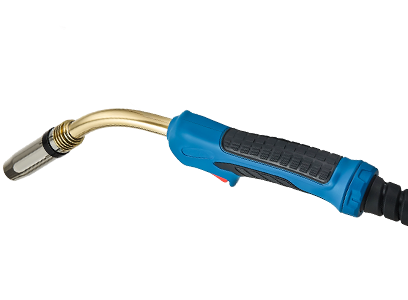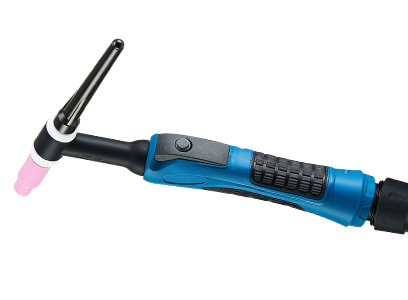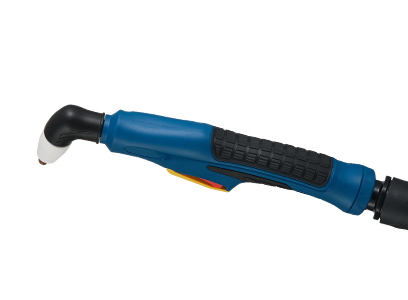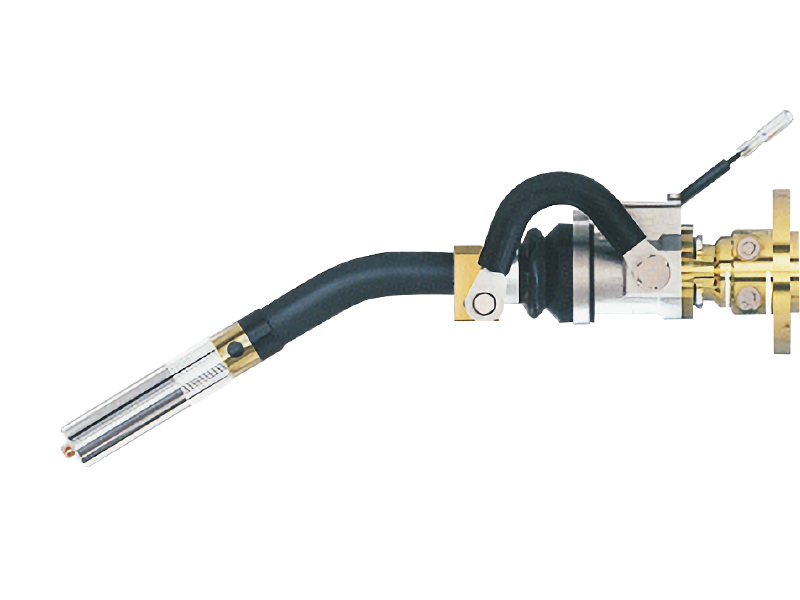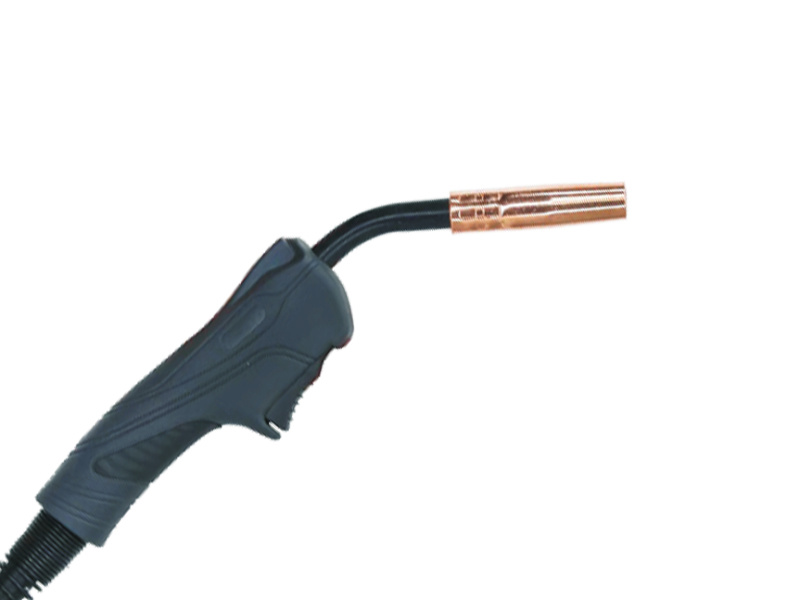The Science Behind Water Cooled MIG Welding Torches: A Deep Dive
The Science Behind Water Cooled MIG Welding Torches: A Deep Dive
Table of Contents
1. Introduction to Water Cooled MIG Welding Torches
2. How Water Cooled MIG Welding Torches Work
3. Benefits of Water Cooled MIG Welding Torches
4. Key Components of Water Cooled MIG Welding Torches
5. Applications and Use Cases
6. Maintenance Tips for Longevity
7. Troubleshooting Common Issues
8. F
The Science Behind Water Cooled MIG Welding Torches: A Deep Dive
Table of Contents
- 1. Introduction to Water Cooled MIG Welding Torches
- 2. How Water Cooled MIG Welding Torches Work
- 3. Benefits of Water Cooled MIG Welding Torches
- 4. Key Components of Water Cooled MIG Welding Torches
- 5. Applications and Use Cases
- 6. Maintenance Tips for Longevity
- 7. Troubleshooting Common Issues
- 8. Frequently Asked Questions
- 9. Conclusion
1. Introduction to Water Cooled MIG Welding Torches
Water cooled MIG welding torches represent a significant advancement in welding technology. As we delve into this topic, it becomes clear that understanding the mechanics behind these torches is essential for any serious welding professional. **Water cooled MIG welding torches** operate on the principle of heat dissipation, utilizing water to effectively manage the thermal output generated during welding. This results in enhanced performance, extended duty cycles, and improved weld quality.
2. How Water Cooled MIG Welding Torches Work
At the heart of water cooled MIG welding torches is a sophisticated cooling system designed to maintain optimal temperatures during operation. These systems typically consist of a **water circulation mechanism** that draws coolant through the torch.
The Cooling Process
The cooling process involves several key steps:
- **Coolant Entry**: The coolant enters the torch through an inlet, usually located near the handle.
- **Heat Absorption**: As the welding arc forms, the heat generated is absorbed by the coolant circulating through the torch.
- **Cooling Channel**: The coolant passes through a series of channels that are strategically placed to maximize heat absorption.
- **Coolant Exit**: Finally, the heated coolant exits the torch, usually through an outlet located at the end of the torch body.
This continuous flow of coolant ensures that the **torch remains at a safe operating temperature**, which is crucial for consistent welding performance.
3. Benefits of Water Cooled MIG Welding Torches
Water cooled MIG welding torches offer numerous advantages over their air-cooled counterparts. Here are some of the key benefits:
Enhanced Cooling Efficiency
The primary benefit of using a water cooled torch is its superior cooling capability. With water as a coolant, these torches can handle higher amperages without overheating, making them ideal for applications requiring continuous, high-performance operation.
Extended Duty Cycles
Due to their effective heat management, these torches allow for longer duty cycles. This is particularly advantageous in industrial settings where prolonged welding sessions are common.
Improved Weld Quality
Maintaining optimal temperatures helps achieve better arc stability and consistent weld penetration. This leads to higher quality welds with fewer defects, ultimately improving the overall efficiency of the welding process.
Reduced Wear and Tear
By keeping temperatures in check, water cooled torches experience less thermal stress, which translates to reduced wear on components. This longevity enhances the return on investment for businesses utilizing these tools.
4. Key Components of Water Cooled MIG Welding Torches
Understanding the components of water cooled MIG welding torches is essential for effective operation and maintenance. Here are the main parts:
Torch Body
The torch body houses the internal components and serves as the primary structure for the welding tool. It is designed to withstand high temperatures and is typically made from durable materials.
Power Cable
The power cable supplies electricity to the welding arc. It is insulated and built to handle the high currents associated with MIG welding.
Water Inlet and Outlet
These fittings facilitate the entry and exit of coolant. They must be securely connected to prevent leaks and maintain efficient operation.
Electrode Holder
The electrode holder holds the welding wire and provides a connection to the electrical supply. It is designed for easy wire feeding and quick changes.
Cooling Channels
The internal cooling channels are essential for directing the flow of coolant around the torch, ensuring effective heat dissipation.
Handle
The handle provides ergonomic control over the torch, designed to fit comfortably in the operator’s hand.
5. Applications and Use Cases
Water cooled MIG welding torches are versatile tools utilized across various industries. Some of the most common applications include:
Heavy Industrial Welding
In heavy industrial environments, such as shipbuilding and construction, the need for extended welding sessions makes water cooled torches invaluable. They allow for high amperage use without risking overheating.
Automotive Manufacturing
The automotive industry often requires precision welding for complex parts. Water cooled MIG torches provide the needed thermal control to ensure high-quality welds.
Aerospace Engineering
In aerospace applications, where safety and reliability are paramount, the ability to produce consistent welds is crucial. Water cooled torches help achieve the necessary standards.
Fabrication Shops
Fabrication shops that handle a variety of materials and thicknesses can benefit from the adaptability of water cooled torches. Their ability to manage heat effectively allows for better results across different projects.
6. Maintenance Tips for Longevity
Proper maintenance is essential for ensuring the longevity and performance of water cooled MIG welding torches. Here are some best practices:
Regular Inspections
Conduct regular inspections of the torch for any signs of wear or damage. Pay particular attention to the water inlet and outlet for leaks.
Coolant Replacement
Replace the coolant periodically, as contaminated coolant can lead to reduced cooling efficiency. Use a mixture of distilled water and antifreeze for optimal performance.
Cleaning the Torch
After use, clean the torch to remove weld spatter and contaminants. A clean torch ensures better performance and prevents issues during operation.
Check Connections
Ensure all connections, including the power cable and coolant fittings, are secure. Loose connections can lead to performance issues and safety hazards.
7. Troubleshooting Common Issues
Even with proper maintenance, issues may arise with water cooled MIG welding torches. Here are common problems and their solutions:
Overheating Issues
If the torch is overheating, check the coolant flow. A blockage in the cooling channels or a low coolant level may be the cause.
Arc Stability Problems
Inconsistent arcs can result from poor electrical connections or worn components. Inspect the electrode holder and power cable for damage.
Leaks in the Cooling System
Leaks can be detected by checking for wet spots around the inlet and outlet. Tightening connections or replacing worn seals can resolve the issue.
Inadequate Cooling
If the torch is not cooling efficiently, ensure that the coolant is clean and the flow rate is adequate. Clogged channels may also require cleaning.
8. Frequently Asked Questions
What is the main advantage of using a water cooled MIG welding torch?
The main advantage is improved heat management, allowing for higher duty cycles and better weld quality.
How often should I replace the coolant in my torch?
It is advisable to replace the coolant every few months or as needed, especially if it shows signs of contamination.
Can I use regular water as coolant?
While distilled water is preferable, regular water can be used, but it may lead to mineral buildup and reduced performance over time.
What are the signs that my water cooled torch needs maintenance?
Signs include overheating, leaks, inconsistent arcs, and reduced welding performance.
Are water cooled torches suitable for all welding applications?
While they are highly versatile, the specific requirements of your project should dictate the choice of torch. For high-amperage applications, water cooled torches are often preferred.
9. Conclusion
Understanding the intricacies of water cooled MIG welding torches is vital for anyone involved in welding, from hobbyists to industry professionals. These torches provide significant advantages in terms of heat management, extended duty cycles, and overall weld quality. By familiarizing yourself with their components, maintenance requirements, and troubleshooting techniques, you can ensure optimal performance and longevity. As the welding industry continues to evolve, embracing advanced tools like water cooled MIG welding torches will undoubtedly enhance efficiency and productivity in various applications.
TAG:
Related Posts
Essential Insights on MIG Torch Replacement: A Comprehensive Guide
When it comes to MIG (Metal Inert Gas) welding, the torch is one of the most vital components of the entire setup. Over time, as with any tool or equipment, MIG torches can wear out or become damaged, necessitating a replacement to maintain welding quality and efficiency. Understanding the nuances of MIG torch replacement can make a significant difference in your welding outcomes.
First and foremo

